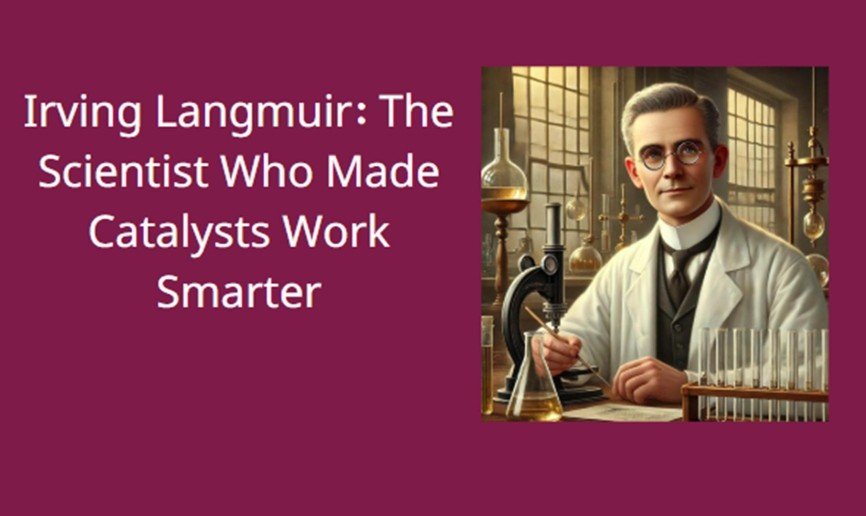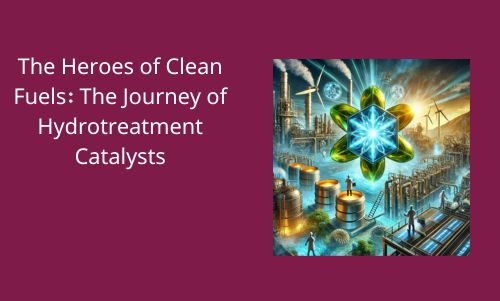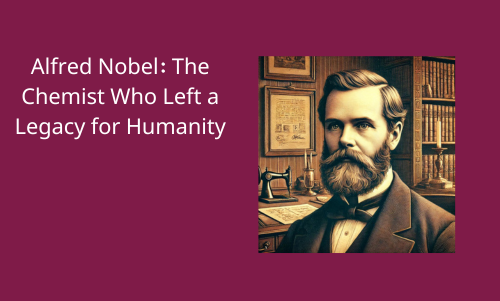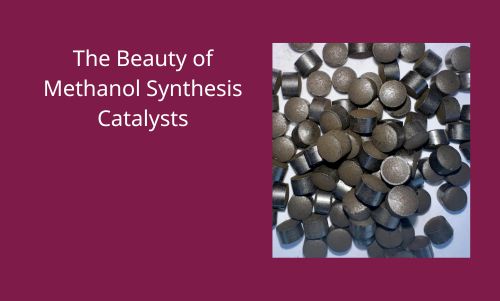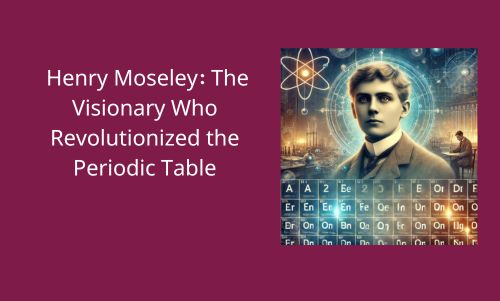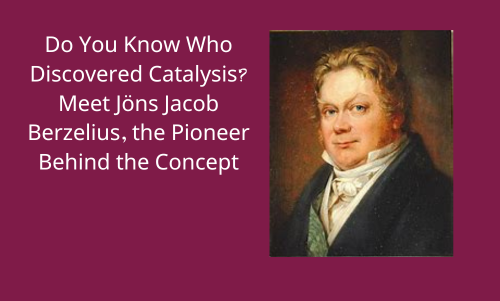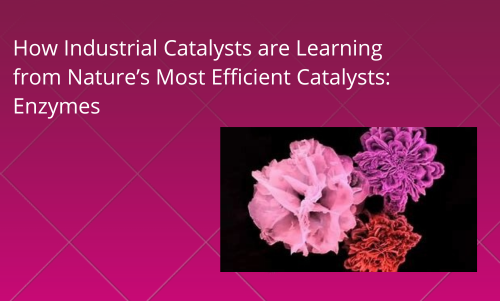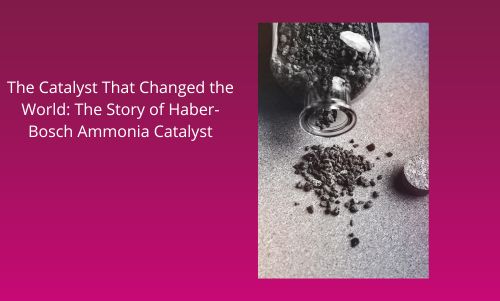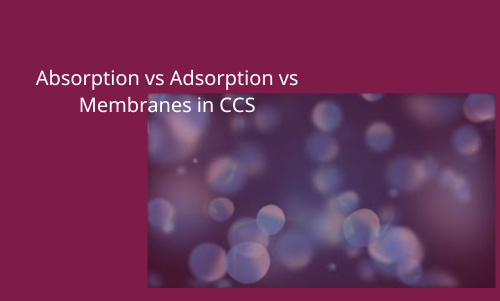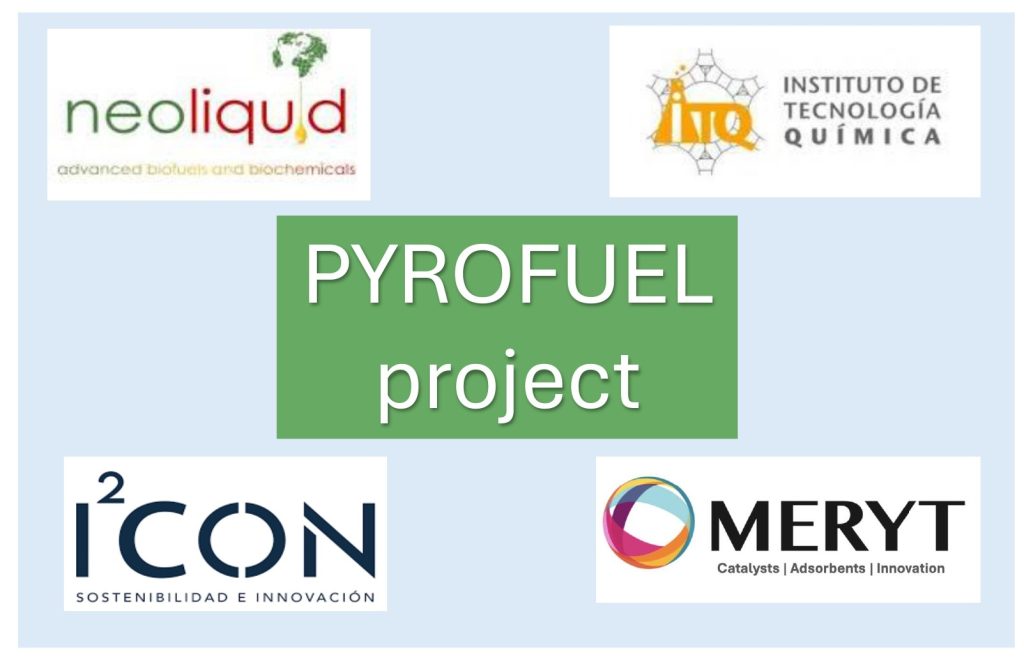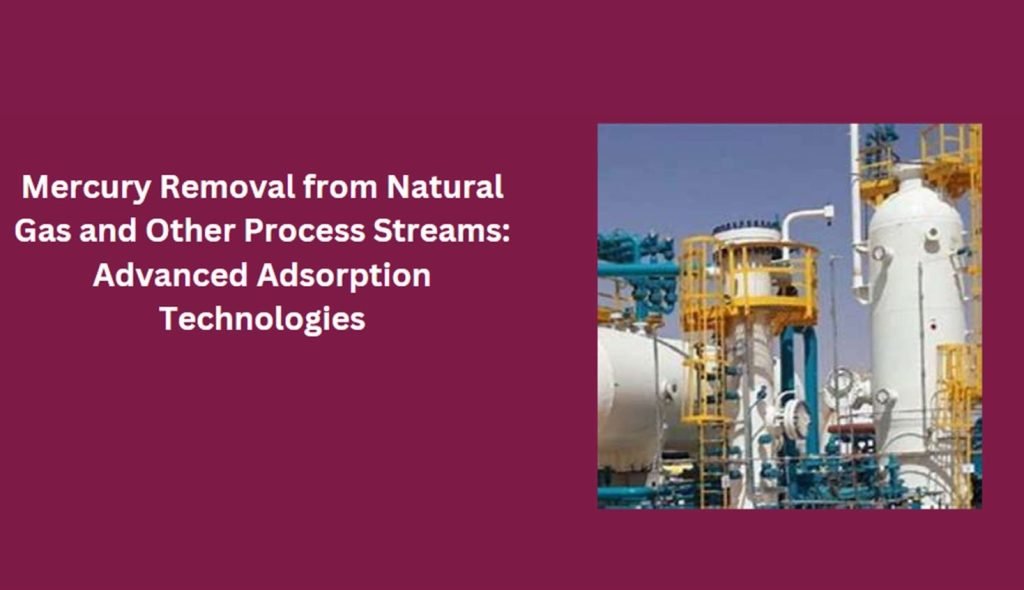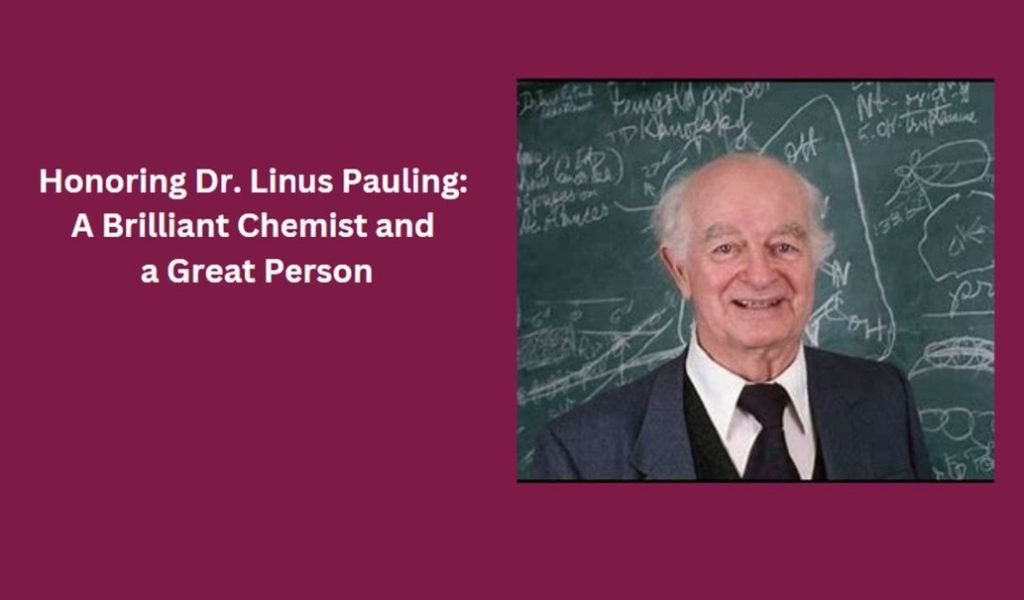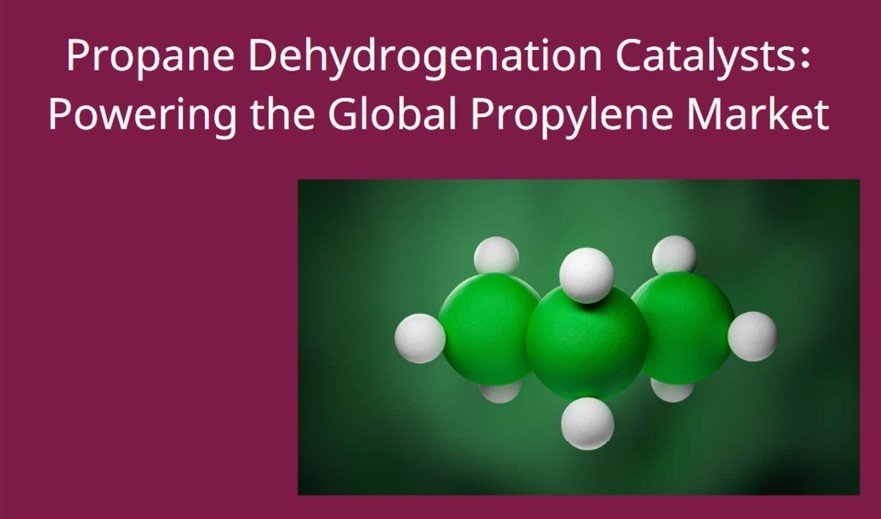On January 31, 1881, in Brooklyn, New York, Irving Langmuir was born—a scientist who would reshape how we understand catalysis. If you’ve ever worked with heterogeneous catalysts, you’ve applied his ideas.
Langmuir wasn’t just a chemist; he was an explorer of molecular interactions. His work on surface chemistry led to the development of the Langmuir adsorption isotherm, the first scientific model to describe how molecules interact with catalyst surfaces. His discoveries transformed catalysis from an empirical practice into a precise science, allowing researchers and engineers to optimize catalyst performance with mathematical models.
The Langmuir Adsorption Isotherm: A Turning Point in Catalysis
Before Langmuir, catalysis was understood in broad, qualitative terms. Chemists knew that solid catalysts could accelerate reactions, but the fundamental principles of adsorption and surface reactions were unclear. Langmuir changed this by proposing that:
- Molecules adsorb onto surfaces in a monolayer, with each active site holding only one molecule at a time.
- Adsorption is a dynamic equilibrium—molecules continuously attach and detach from the surface.
- Surface coverage determines reaction rates, forming the basis for modern catalyst design.
His model allowed scientists to quantify adsorption behavior and led to the development of catalyst optimization techniques still used today.
Beyond Adsorption: The Langmuir-Hinshelwood-Hougen-Watson connection
Langmuir’s work was only the beginning. While his isotherm explained how molecules adhere to catalyst surfaces, it did not fully describe how they react once adsorbed. This led to the development of the Langmuir-Hinshelwood-Hougen-Watson (LHHW) model, a fundamental theory in catalytic reaction engineering.
- Langmuir-Hinshelwood Mechanism: Extends Langmuir’s model by describing how two adsorbed reactants interact on a surface, a key principle in catalytic kinetics.
- Hougen-Watson Refinement: Introduced rate expressions that account for surface coverage, activation energy, and reaction pathways, making it possible to predict reaction rates in real catalytic systems.
Today, the LHHW approach is essential in heterogeneous catalysis, helping engineers optimize reaction conditions and improve catalyst efficiency.
A Scientist, an Adventurer, and an Innovator
Langmuir’s curiosity extended far beyond chemistry. He studied high-altitude aviation to improve aircraft performance, experimented with cloud seeding in an attempt to control rainfall, and coined the term plasma in his studies of ionized gases.
But his greatest impact remains in catalysis, where his theories continue to drive innovation.
A Lasting Legacy in Catalysis
Langmuir passed away on August 16, 1957, in Woods Hole, Massachusetts, but his work remains alive in every catalytic process used today. His contributions to adsorption science and reaction kinetics laid the foundation for:
- The development of highly active and selective catalysts.
- Improved understanding of reaction mechanisms on surfaces.
- The ability to mathematically model and optimize catalytic reactions.
His pioneering work reminds us that true progress in catalysis comes from understanding molecular interactions at the most fundamental level.
Next time you work with a reaction kinetics model, take a moment to appreciate the scientist who made catalysis a science—and whose legacy continues to shape the industry today.

